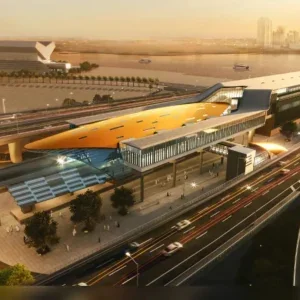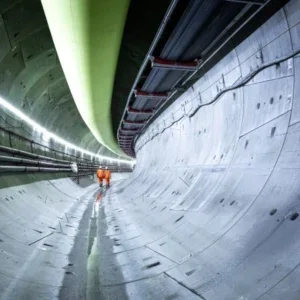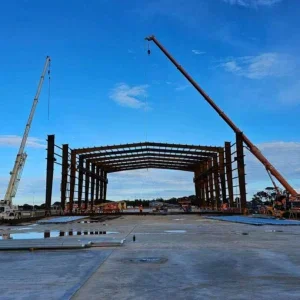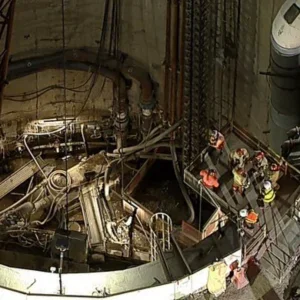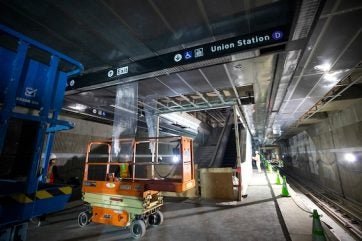
The project, which required tunnelling through one of the most densely populated urban corridors and challenging geology in the region, connects downtown LA with West LA.
A 6.4m-diameter closed face TBM was used to build the 14.5km tunnel, and recorded an average daily advance of 12-18m.
Lindsey Horvath, chair of the LA County Board of supervisors and Los Angeles County Metropolitan Transportation Authority (Metro) board member, said the D Line Subway Extension was one of the most complex engineering feats Metro had undertaken.
It is the longest tunnelling project through tar sands in southern California and during the five years of excavation it faced many technical challenges, including gassy ground and abandoned oil wells. Near the La Brea Tarpits, where the TBMs encountered tar sand, horizontal directional drilling was used to probe the earth so contractors could identify and remove potential objects before any TBM damage occurred. The same method was used to identify and avoid unmapped and abandoned oil wells underneath Beverly Hills High School.
With the completion of tunnelling, Metro will continue to work with its two contractors as a part of a joint venture with Skanska-Traylor-Shea and Tutor-Perini/O&G to complete seven new underground stations in Section 1 between Wilshire/Western and Wilshire/La Cienega, Section 2 between Wilshire/La Cienega and Century City, and Section 3 between Century City and Westwood.
Section 1 is scheduled to open next year, Section 2 in 2026 and Section 3 in 2027.



